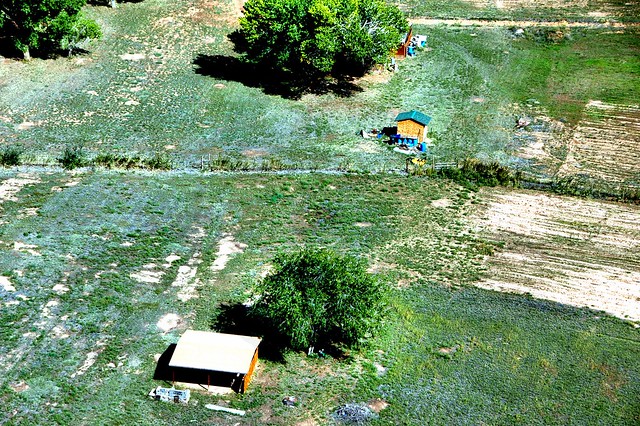Everyone comes to see Disneyland sooner or later. But once they have finished with the Magic Kingdom and nearby Knotts Berry Farm, what is there to do? This brief list is not all inclusive, but it can help you find interesting places to visit once you have bought your Mickey Mouse ears and need a change of scene.
- Balboa This little community guarding the lower Newport Bay features a pier, a boardwalk, and a ferry. A good walk takes you from the pier to the Wedge, a famous surfing spot featured in the movie Endless Summer. Another walk takes you to Newport Pier. There are plenty of good restaurants in the neighborhood. The red-walled Crab Cooker at Newport Pier is an institution.
- Bower’s Museum This small museum features art from around the world, California painters, and Native Californian relics.
- Bunnyhenge This controversial sculpture/playground (each rabbit cost the city $13,000 a piece) is part of a sculpture garden on the lands of the Newport Beach Civic Center. Several other works stand on the land as well. After viewing the sculptures, one could make a quick trip to nearby Fashion Island for a little shopping or a snack.
- Crystal Cove State Park Crystal Cove offers visitors many different kinds of experiences. I usually take them to the beach where they can examine the famous “Hamburger Rocks”. Another option is to explore the Moro Canyon back country.
- Holy Jim Falls It is a bumpy road to Holy Jim, but in the spring the journey is worth it. This elfin waterfall has been described as a chapel in the woods. The trail is 1 1/2 miles long and passes through a tunnel of fig trees and a shaded canyon bottom forest.
- San Clemente There are lots of places to visit here. My favorite photo spot is the pier. You can walk south from here to San Onofre State Beach if you want and watch the surfers. Look for Richard Nixon’s “Western White House” perched overlooking the boundary between San Clemente and the State Beach.
- Mission San Juan Capistrano The oldest piece of Orange County history dates back to 1776. It was one of several missions founded by Saint Junipero Serra. The grounds feature extensive gardens and ruins of the mission church which was leveled by an earthquake in 1812 as Father Serra was saying what he thought was his last mass in California.
- Ortega (Rattlesnake) Highway This route crosses the Riverside County line. You pick it up at San Juan Capistrano and can keep driving until you meet Interstate 15 in Lake Elsinore. You can stop across from the candy store to enjoy hiking the San Juan Loop with its two waterfalls or cross the highway to explore the San Mateo Wilderness. Further down the road is an overlook of Lake Elsinore, the largest sag pond in the state of California.
- The Pilgrim This replica of the ship which carried Richard Henry Dana around the Cape Horn can be found at the Dana Point Marina. The nearby Ocean Institute features exhibits and a gift shop. Several fine seafood restaurants are a short walk away.
- Tucker Wildlife Sanctuary This small reserve is located at the end of Modjeska Canyon Road. Visitors can observe birds through a glass. One thing that never ceases to amaze my guests is how territorial hummingbirds can be. A small museum features a large stuffed grizzly bear and other animals. The Harding Trail begins in the parking lot: two good destinations are Goat Shed Point and Laurel Spring.
- Whiting Ranch Wilderness Park The Red Rocks are always a good destination for those who like to hike. The trail passes through a live oak woodland before entering an unshaded wash. The canyon itself is narrow, but it gives you the impression that you have been moved to southern Utah. Other destinations in Whiting include the Vista Outlook and Dreaded Hill, atop of which stands a memorial to a trail biker who was eaten by a mountain lion at its base.



